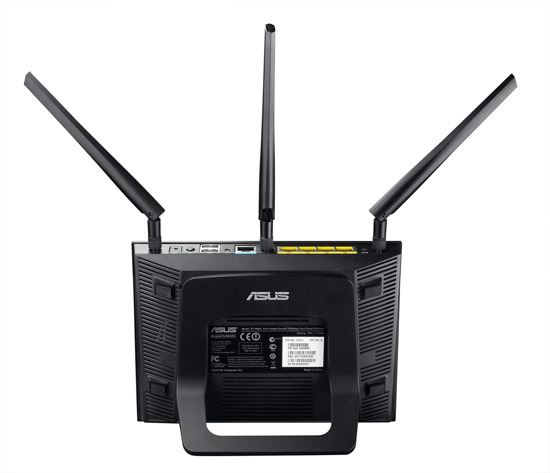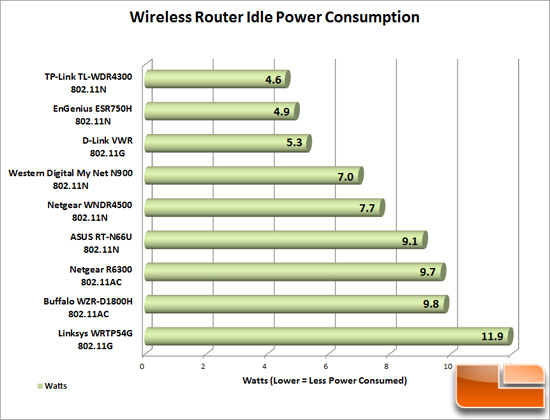ASUS RT-N66U Dual-Band Wireless-N900 Gigabit Router Review
By
ASUS RT-N66U Power Consumption


Benchmark Results: Power Consumption for the ASUS RT-N66U was towards the high end when compared to the various routers in our suite. It seems that a higher power use may be the cost of the great performance that we saw under testing.
Since most people will have their routers turned on for 24-hour a day operation, we think that examining power usage is an important benchmark. Total cost of ownership (TCO) is an important financial estimate that helps consumers direct and indirect costs of a product. In our TCO calculation we will be figuring up how much it costs to have a wireless router running per year in an idle state with the unit being installed 24-hours a day. We will be using 12.7 cents per kilowatt-hour (kWh) based on the bureau of labor statistics report from April 2012 showing that amount as the national average.

Benchmark Results: The ASUS RT-N66U was one of the fastest wireless routers that we tested, so we weren’t too surprised to see that the yearly cost of operation is a little on the high end. The question that most potential buyers will ask themselves centers on whether they think the ASUS RT-N66Us higher functioning performance makes up for the cost of operation.

Comments are closed.